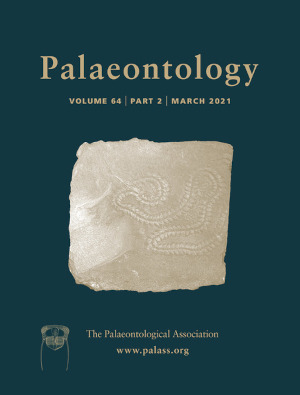Reg. Charity No. 1168330

Many dinosaurs may have shown ecological differentiation between hatchlings and adults, possibly because of the great size differential. The basal ceratopsian Psittacosaurus lujiatunensis is known from thousands of specimens from the Lower Cretaceous of China and these include many so-called ‘juvenile clusters.’ During the early stages of ontogeny, P. lujiatunensis underwent a posture shift from quadrupedal to bipedal, and a dietary shift has also been postulated. In this study, we made a 2D mechanical analysis of the jaws of a hatchling and an adult to determine the differences between the two systems; we found some differences, but these were only modest. The adult was better suited to feeding on tough plant material than the hatchling, based on its higher values of absolute and relative bite forces and higher values of mechanical advantage, but there were no substantial shifts in jaw shape or function.
AcknowledgementsWe thank Yun Feng for making the CT scans of both specimens at IVPP, and Liz Martin-Silverstone and Antonio Ballel Mayoral for assistance and discussions. We also thank referees Andrew Farke and Ali Nabavizadeh, editors Laura Porro and Sally Thomas for all their help in improving the manuscript. Funded in part by NERC grant NE/1027630/1.
[Correction added on 19 May 2021, after first online publication: Funding information has been added to the end of this section.]